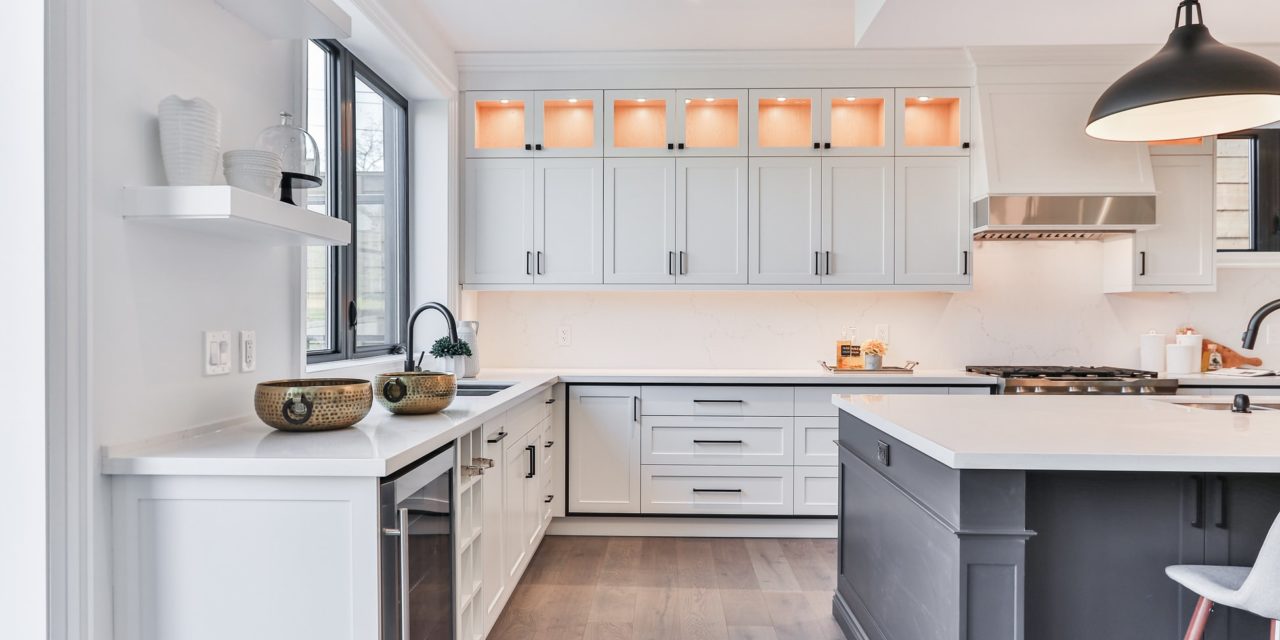Did you know that in Victorian times, people were so repressed, that not only was the sight of a female ankle considered scandalous, even the sight of table legs was considered unseemly and indecorous! So it was that table legs were also required to be kept covered and out of sight; they were legs after all!
So what is the history of tables, and in particular the dining table, that is usually the focal point of our dining room furniture? It makes sense to find out, especially if you are interested in purchasing an antique dining table.
In was during the 16th century that the table (derived from the Latin word tabula, which means a board, a plank, or a flat piece), really came into its own, tough dining tables and other kinds of tables have been around for literally ages. In ancient times, tables were made from different materials and in different designs from today: for instance the Egyptians used wood or stone and their tables were fashioned like pedestals, whereas the Assyrians used metal. Other ancient civilizations were also known to use marble.
As tables evolved, they became more diversified as per their function and the dining table as such had its provenance during the middle ages. The earliest kind of dining table is thought to have been the trestle kind which could be taken apart when not in use. It was during medieval times that the concept of eating together while assembled at dining room tables originated. During the Renaissance, in Spain and Italy, rectangular tables were designed with end supports braced by stretchers; they often had an arcade of columns through the center. A well known and notable example of the kinds of tables produced during the Renaissance is the Farnese table of marble inlay, which is thought to be attributed to Vignola. Then there are the tables of the Elizabethan Age which were characterized by their rounded legs. Elizabethan tables also included the draw table, a forerunner of the extension dining table. Later the concept of gate leg tables also emerged and became popular; these tables had flaps that could be folded down when not in use.
There are several ways to tell a genuine antique dining table so that you can be sure that what you are purchasing is not a knock off being passed off as an original antique. For instance, if a table is old and has been used for many, many years, the legs would obviously have uneven wear and also the edges and corners of the table ought to be rounded and smooth from years of use rather than angular and sharp. If the legs of the table have been replaced at any point, then that would lower the value of a table so the wear and tear of the legs is a good indicator to base your judgment on. Any rods or pins in the table's surfaces should stand out from the surface of a genuine antique dining table because old wood will shrink with time making such rods and pins (also known as dowels) stand out from the slightly shrunken wood.


